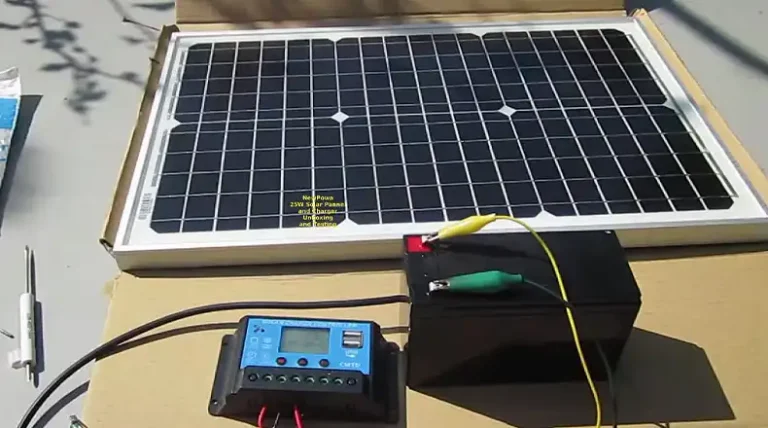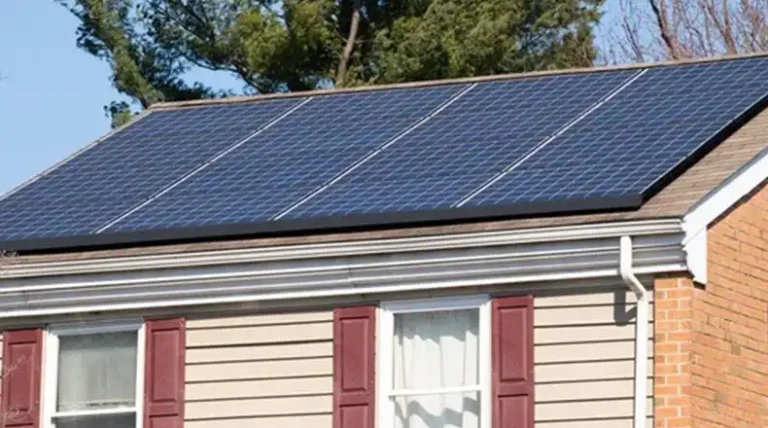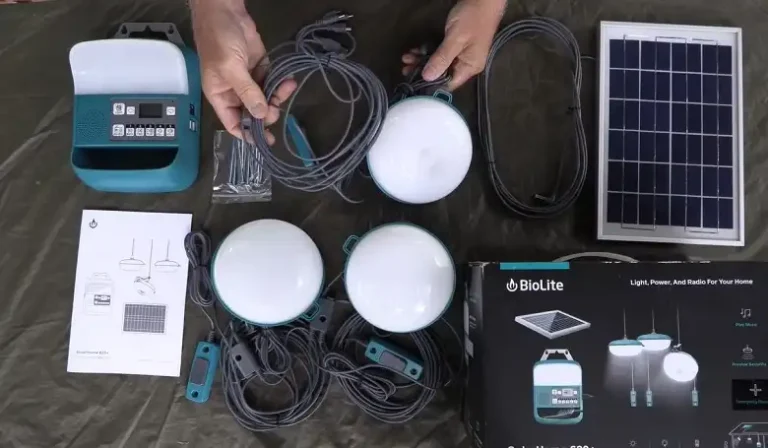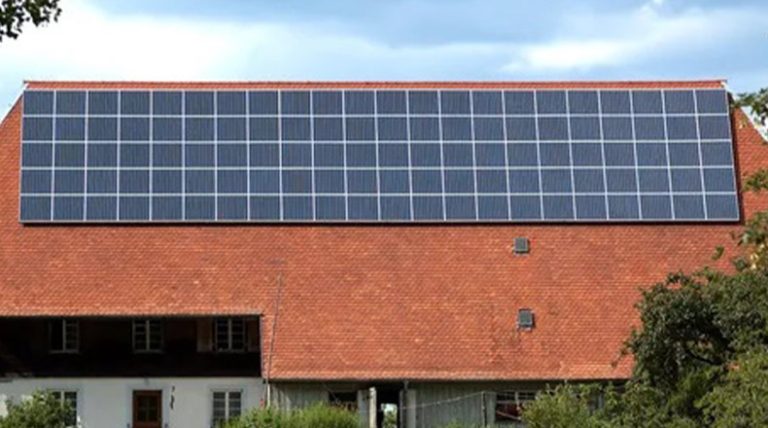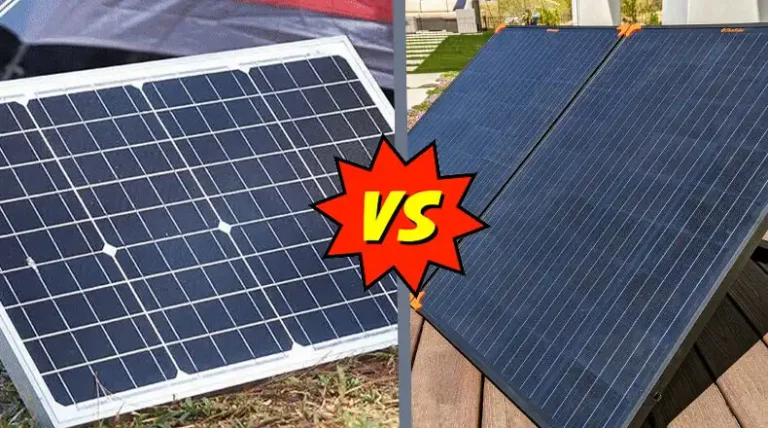What is a Solar Ready Panel? Illuminating the Future of Energy
In the era of green energy, where the quest for sustainable and eco-friendly power sources is intense, the term “solar ready” frequently pops up. But what does it mean, and why is it relevant to homeowners, businesses, and even entire cities?
In essence, a solar-ready panel is a building or structure pre-designed and equipped to handle solar panel installations with minimal modifications. While this might sound simple, the implications and benefits of such an approach are vast.
Want the specifics? Let’s journey through the world of solar-ready panels.
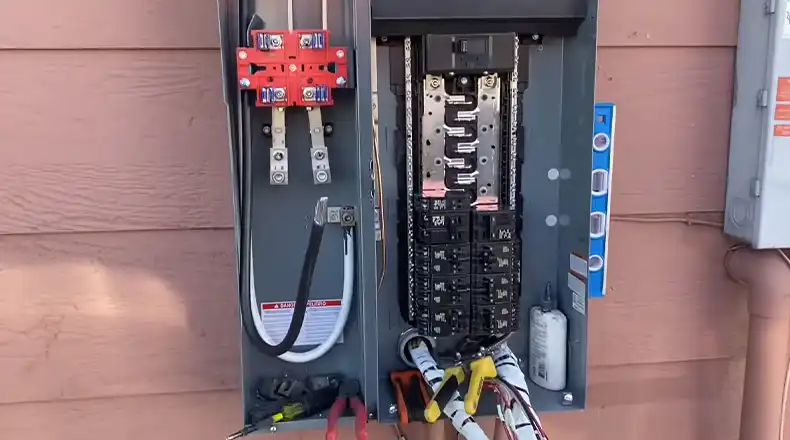
Design and Infrastructure of Solar-Ready Panels
Solar-ready panels refer to a design philosophy more than a tangible item. A building, house, or structure labeled “solar ready” is specifically constructed to facilitate easy and efficient solar panel installations in the future. From roof designs devoid of obstructions to pre-installed conduits for electrical wiring, these setups ensure that transitioning to solar energy is as seamless as possible.
Here are the factors about solar-ready panels that make them a better choice than conventional construction:
- Pre-Installed Conduits
These are electrical pathways or tubes designed to run from the roof to the electrical service panel. They save considerable installation time and ensure a clean look, free of exposed wires.
- Optimized Roof Space
Solar-ready homes or buildings ensure that there’s ample, obstruction-free roof space, designed specifically for solar panel placement, maximizing solar energy absorption.
- Structural Integrity
The foundation and roof of solar-ready buildings are reinforced, ensuring they can bear the weight and stress of solar panels, especially in adverse weather conditions.
- Electrical Service Panel
A solar-ready home usually has a designated space in its main electrical service panel to accommodate solar circuit breakers, ensuring the solar system can be easily connected to the home’s electrical system.
- Dedicated Solar Metering
Some solar-ready designs come equipped with dedicated metering spaces to track the solar energy generation separately from the main electricity consumption.
- Clearance Zones
This pertains to the areas around the solar installations. There should be ample clearance zones devoid of tall trees or structures that might cast shadows on the panels, reducing their efficiency.
These components play a pivotal role in making the transition to solar energy smooth and efficient for a property owner. Their presence signifies a building’s genuine preparedness for a solar installation.
How the Solar Ready Panel Works
Solar-ready panels, or more accurately, solar-ready homes or buildings, aren’t about the solar panels themselves but about preparing infrastructure for future solar installations. Here’s a breakdown of how the concept is designed to work:
- Infrastructure Optimization: Solar-ready designs primarily focus on optimizing the orientation and structural integrity of a building to ensure maximum exposure to sunlight. The roofs are designed and reinforced to support the weight and structure of future solar panel installations.
- Electrical Infrastructure: Solar-ready setups also entail pre-established electrical conduits and pathways. When the solar panel system is eventually installed, these provisions enable swift and seamless electrical connections, without the need for disruptive or expensive retrofitting.
- Space Allocation: Provisions are made for all the necessary equipment, beyond just the panels. This includes inverters, meters, and potentially battery storage systems. By predetermining these spaces, homeowners can ensure more straightforward installations in the future and plan their spaces better.
- Future Compatibility: Given the rapidly evolving nature of solar technology, solar-ready designs often focus on being adaptable. This means that the provisions made are generic enough to be compatible with a wide array of future solar technologies, ensuring longevity and relevance.
- Integration with Grid: An important aspect of solar-ready designs is the building’s electrical system’s integration with the larger grid. Ensuring that this integration is smooth from the outset can save considerable time and money in the future.
Why Opt for Solar-Ready Panels?
Solar panels have made significant leaps in both technology and affordability, leading to their widespread adoption. As the demand grows, the integration of solar-ready capabilities in buildings is becoming a significant trend. But why is this setup drawing so much attention?
- Cost-Effective Installation:
Solar-ready structures are designed with future solar panel installations in mind. This foresight minimizes unexpected expenses that might crop up during the installation process. By having provisions like pre-installed conduits and optimized roof designs, homeowners can sidestep potential costs of structural alterations or modifications.
- Increased Property Value:
In a world that’s rapidly leaning towards sustainability, having a solar-ready home is an attractive proposition for potential buyers. Such homes are seen as forward-thinking, eco-friendly, and energy-efficient, which can command a premium in the real estate market.
- Seamless Integration:
Solar-ready homes ensure that the integration of solar panels is a seamless affair. From ensuring that the roof can bear the weight of the panels to having electrical systems that can easily incorporate solar energy, these homes are primed for a hassle-free transition.
- Energy Independence:
Being solar-ready means that you’re just a step away from harnessing solar energy. Once operational, solar panels can reduce your dependence on the grid, leading to decreased utility bills and a personal contribution to reducing carbon footprints.
- Future-Proofing:
As the world moves towards renewable energy, regulations and incentives are likely to favor solar adoption. Solar-ready homes are not just a nod to the present, but a nod to the future. They ensure that homeowners can easily take advantage of future solar-related incentives, rebates, or technological advancements.
- Eco-Conscious Living:
Beyond the tangible benefits, having a solar-ready home is a statement. It signifies a commitment to sustainable living and reducing one’s carbon footprint. It’s a step towards a greener, cleaner future and is appealing to an ever-growing segment of eco-conscious individuals.
Solar Ready vs. Traditional Solar Panels
Look at the table below to identify the differences between traditional solar panels and solar at a glance:
| Criteria | Solar Ready Panels | Traditional Solar Panels |
| Design Philosophy | Primarily a structural and electrical design to facilitate solar installations in the future. | Panels are designed to convert sunlight directly into electricity. |
| Initial Installation | Minimal solar equipment; more about preparing the building for a future solar installation. | Immediate installation of solar panels and related systems. |
| Costs | Panels are designed to convert sunlight directly into electricity. | Immediate costs of panels, inverters, and possible structural modifications. |
| Integration | Seamless, as structures are pre-designed for easy solar equipment installation. | Upgrades might require more modifications depending on the initial setup. |
| Flexibility | Fixed design tailored for optimal solar efficiency in future installations. | More flexibility in terms of placement and design during installation. |
| Upgrade Potential | Designed for easy upgrades and compatibility with future solar technologies. | Might have higher initial building costs due to the integration of solar-ready features. |
Elaborating on the Differences:
- Approach: Solar ready isn’t about the panels themselves but about creating a conducive environment for easy solar installations in the future. Traditional solar setups, on the other hand, revolve around immediate solar energy harnessing.
- Preliminary Setup: Solar ready focuses on the infrastructure – ensuring pathways for wires, ideal roof orientation, and structural integrity. Traditional solar setups immediately delve into installing the solar panels and connecting systems.
- Expenditures: Solar-ready structures might seem more expensive initially due to the inherent design modifications. However, they can save money in the long run during actual solar installations. Traditional solar setups have immediate costs related to the solar equipment and potential structural changes.
- Incorporation: The solar-ready approach ensures that adding solar panels later is a hassle-free process. Traditional solar panel installations might demand more modifications, especially if the structure isn’t optimized for it.
- Adaptability: Solar-ready structures are pre-designed for optimal sun exposure and energy efficiency, which might limit certain customization aspects. Traditional solar installations can be more adaptable since you’re starting from scratch.
- Upgradeability: As solar technology evolves, solar-ready structures are inherently designed to be more adaptable to newer technologies. Traditional setups might be a bit more rigid, depending on the age and design of the initial installation.
Adopting Solar Ready in Urban Planning
Cities worldwide are recognizing the benefits of solar-ready designs, and incorporating them into building codes and urban planning strategies. This not only encourages green energy adoption but also ensures that urban landscapes are designed for sustainability from the get-go.
Questions You Might Have
Are solar-ready panels more expensive than regular panels?
The initial cost might be higher, but considering the long-term savings, especially during installation, they can be cost-effective.
Can older buildings be retrofitted to become solar-ready?
Yes, older structures can be modified, but it might require more extensive work and investment than with a building designed to be solar-ready from the start.
How do I know if my building is solar-ready?
Check for pre-installed conduits, designated roof spaces for panels, and any certifications or documentation provided by the builder or architect.
Are there any tax benefits for solar-ready structures?
In many regions, tax incentives or credits are available for sustainable building practices, including solar-ready designs. Check local regulations for specifics.
Do solar-ready designs consider aesthetic appeal?
Absolutely! One of the advantages is a cleaner, more integrated look for solar installations, enhancing the building’s overall aesthetics.
Final Thoughts
Embracing solar-ready panels is not just about harnessing solar energy; it’s about forward-thinking design, sustainability, and cost-efficiency. As the sun rises on a new era of green energy, solar-ready structures are leading the way, offering a blueprint for a brighter, more sustainable future.

